I just saw this question and was wondering how this circuit actually works, since I couldn't really figure it out, I though about asking it.
This is the circuit I am talking about:

Lets label transistors from left to right as: Q1, Q2, Q3, Q4. I dont really know where to start, how to analyze this circuit to figure it out how it works. What I am especially curious about is the purpose of Q1? Or what about the diode?
If someone could give a detailed description of the circuit I would be really thankfull.